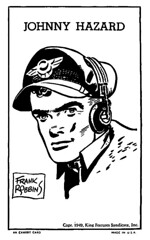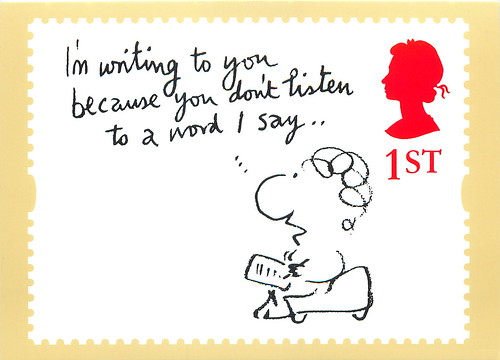The other day I was talking with a friend. Not about marketing, just about relationships and the stuff of everyday life.
I made an offhand comment which caused her to stop and ask a question. I said, “You know, there’s a story there.”
To which she laughed and replied, “It’s always a story with you.”
Exactly.
Stories are the way by which human beings relate to one another. Stories make it easier to remember facts and information and to associate with the world around us.
Stories are also the key to good marketing.
If you walk up to ten people and try to sell them something, chances are you’ll get to see the backs of ten people’s heads. But if you walk up to ten people and tell them a story, most of them will stick around at least long enough to find out if your story is interesting or relevant to them. A few may still vanish after deciding it’s not but some will stick around for your story.
In order to sell to strangers, you need several things:
- A crowd of properly targeted people who may actually be interested in your story and/or your product.
- A story they will be interested in listening to.
- A product or service that has a logical tie-in with the story you tell.
A well crafted story, and a product or service that has a logical tie-in to that story, is the key to selling to strangers.
Your story could be about the product itself, about the company that makes it, about people who have benefited from its use or about the need for the product in the world.
With a good enough product and a compelling story, price almost doesn’t matter.
So tell me a good story…




